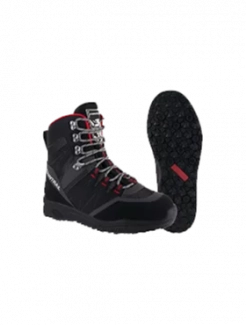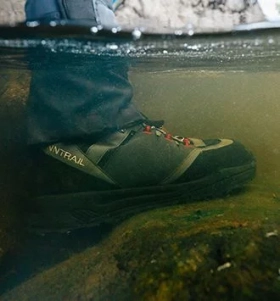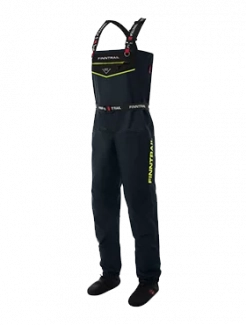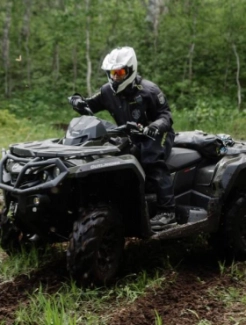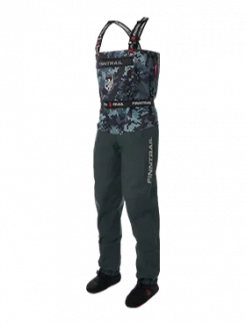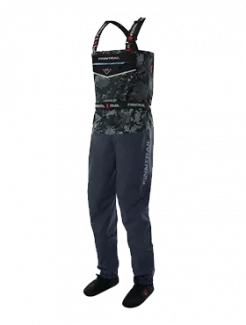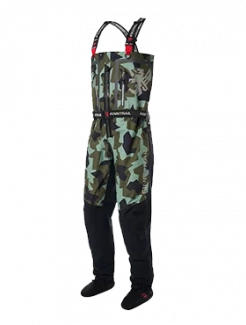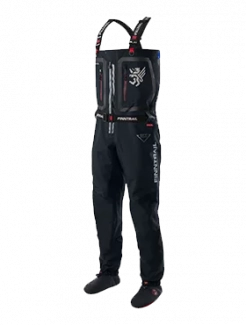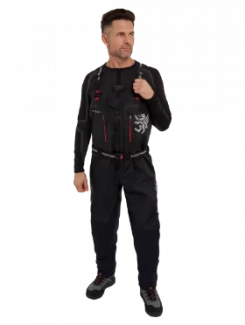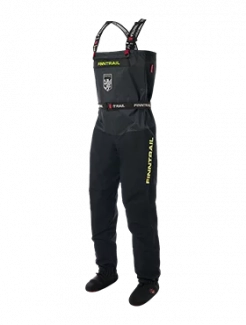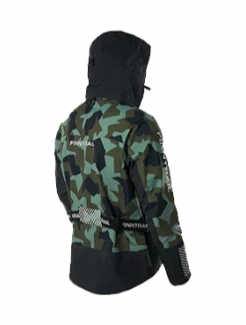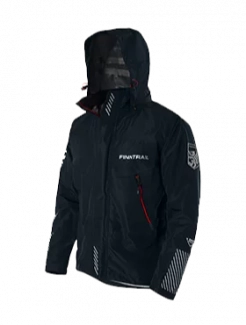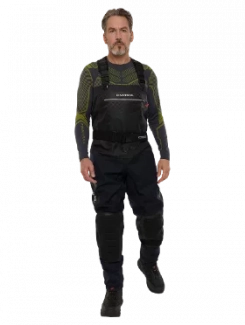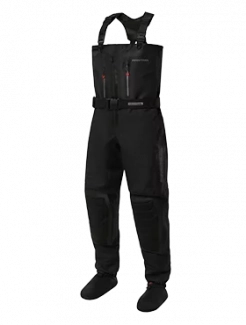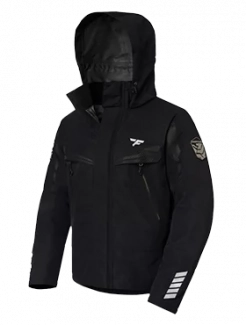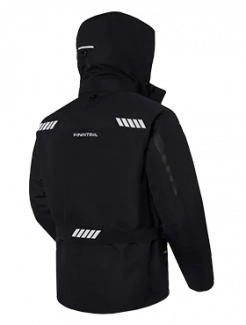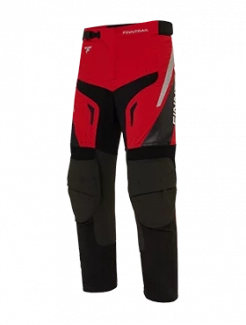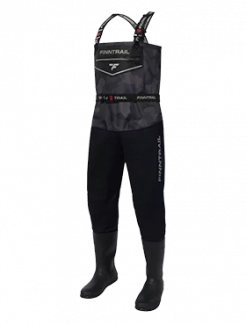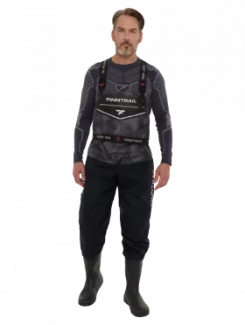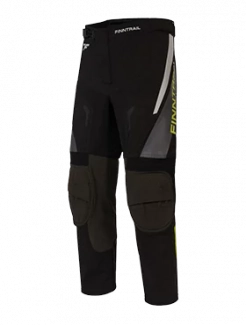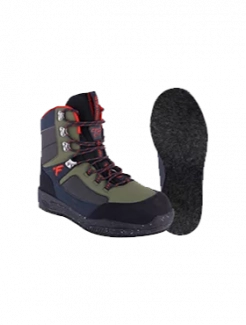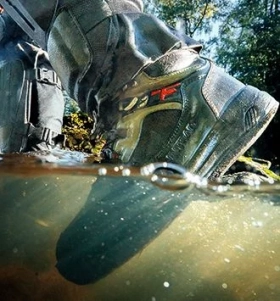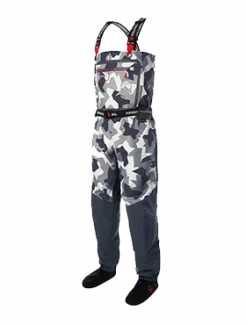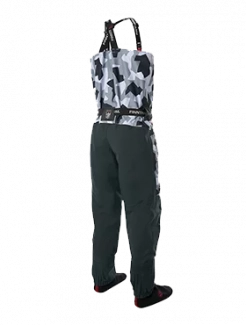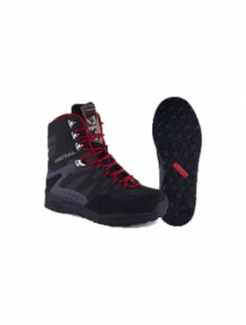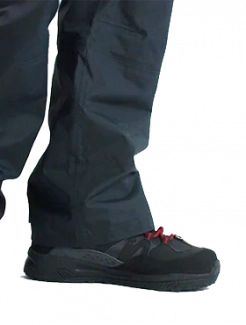Dust Defense: Essential Gear, Mods & Tips for Off-Road Riders
Dust is part of the deal when you hit the trail, especially in dry, sandy, or desert environments. Whether you're exploring off-the-grid in your ATV or tearing through open trails in the SxS, you’ve probably noticed one thing: dust gets everywhere. It clouds your vision, dries your throat, coats your gear, and sneaks into your vehicle. But with the right gear, vehicle modifications, and trail techniques, you can drastically cut down on the discomfort and danger of dust. This guide will show you how to keep yourself and your car dust-free — or at least a lot less dusty.
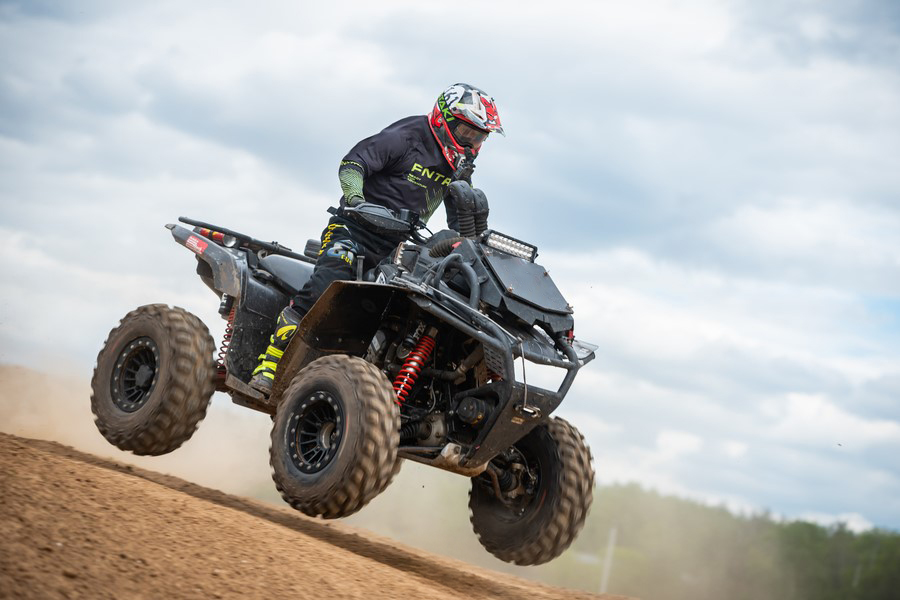
Why Dust Management Is Critical
Dust isn’t just annoying — it’s hazardous. Prolonged exposure can cause respiratory irritation, damage your eyes, and clog your vehicle’s filters. In severe conditions, it can impair your visibility, increase accident risk, and shorten the lifespan of your ride. For riders with allergies or asthma, dust can trigger health problems that make the whole adventure unsafe.
Step 1: Personal Dust Protection Gear
Protecting yourself is the most important first step. Dust swirls in and around your vehicle, especially when you’re riding behind others. Here’s the gear you need to stay safe and comfortable.
Dust Mask: Ride and Breathe Easy
A dust mask is a must for anyone who spends time riding in dusty environments. These masks are designed to trap small dust particles before they enter your nose and mouth, keeping your airways clear and preventing throat irritation.
When choosing the mask, look for:
-
A secure fit that doesn’t shift under a helmet
-
Replaceable filters for long-term use
-
Moisture-wicking material to prevent heat buildup
-
Adjustable straps and nose clips for comfort
Goggles: Protect Your Eyes from Dust Clouds
The goggles for dust are more than just tinted lenses — they’re built to seal tightly against your face and block out particles. Look for goggles that offer:
-
Dual-pane lenses with anti-fog technology
-
Multi-layer foam padding
-
Wide, adjustable straps for helmet compatibility
-
Tear-off lens options for long rides
Pair them with a good helmet and dust mask, and you’ve created a solid line of defense for your upper face.
Helmet: Don’t Let Dust Sneak In
A half-shell helmet won’t cut it when dust is flying. You’ll want the best helmet, which means:
-
A full-face or modular helmet with a tight seal
-
Good ventilation with dust-filtering intakes
-
A built-in or compatible visor system
-
Lightweight materials for long wear
Some riders prefer motocross-style helmets combined with goggles and masks. Others go for adventure or enduro helmets with flip-down visors and chin bars. The goal is to block dust while still staying cool and comfortable.
Step 2: Vehicle Upgrades to Control Dust
You can’t always control the trail — but you can control your airflow. Dust doesn’t just settle in the air around your vehicle; it gets sucked in through low-pressure zones created by the windshield and rear cargo area.
Dust Deflector: Redirect the Flow
A dust deflector (or wind deflector) can drastically reduce the amount of dust swirling into your cab. It works by redirecting airflow over the cab, which helps push dust away instead of letting it circulate inside.
Popular mounting locations include the roofline or just above the windshield. They’re especially helpful for riders who use full windshields, which can trap dust without proper ventilation.
Rear Dust Spoiler or Dust Screen: Cut the Vacuum Effect
If you've ever wondered why dust seems to come in through the back of your UTV, you’re not alone. When you drive forward, a vacuum forms behind the cab, pulling dust back into the seating area. Installing a UTV rear dust spoiler or dust screen helps break that flow and disperse the particles before they settle.
Both tools work differently:
-
Rear dust spoiler: Redirects airflow upward and outward
-
Dust screen: Allows filtered airflow through the rear while keeping dust out
Combining these two is ideal for full-cab models or riders who frequently travel in groups.
Keep Your Windshield Clean and Clear
Windshields help protect you from flying debris and wind — but they’re also dust magnets. If you’ve been wondering how to keep dust off a UTV windshield, here are a few tips:
-
Apply an anti-static spray or polish after cleaning
-
Use a windshield with adjustable vents to improve airflow
-
Pair with a rear window or screen to reduce backdraft
-
Clean regularly with microfiber cloths to avoid scratches
A full windshield with no rear protection often creates a "dust bowl" effect, so ventilation and airflow management are key.
Step 3: Trail Strategies to Minimize Dust Exposure
Even with the best gear and all the aftermarket mods money can buy, your riding technique still plays a huge role in how much dust you’ll eat out there. Good habits go a long way when it comes to staying clean and breathing easy on the trail. Here are a few practical techniques that help reduce dust exposure on every ride:
Ride First — or Ride Smart
Let’s face it: the cleanest air is always out front. Leading the group means you’re kicking up dust, not riding through it. But if you’re not in the lead, you can still make smart choices. One of the best things you can do is keep a generous distance from the rider or driver ahead of you. A good rule of thumb is to leave a 5–10 second gap depending on your speed and visibility. This buffer zone allows dust to settle before you enter the cloud — and helps avoid rocks or debris suddenly flung your way.
Choose Your Terrain Wisely
Not all trails are created equal when it comes to dust. Dry dirt trails, loose gravel roads, and wide sandy flats are some of the worst offenders. If you’ve got flexibility, plan your rides for days after rainfall when the ground is more packed and less likely to kick up. Even better, hit the trail in the early morning or later in the evening. Cooler temperatures and calmer wind conditions during those times mean there’s less airborne dust overall, making for a smoother, cleaner ride.
Crack the Windows — Seriously
If you’re riding a cabbed UTV and getting blasted with dust from behind, here’s a trick that actually works: crack your side windows or doors just slightly. This helps equalize the air pressure inside the cab and cuts down on that annoying backdraft vacuum that pulls dust in through the rear. Combine this move with a rear dust screen or spoiler, and you’ll notice a big improvement, especially on longer rides or higher-speed routes. It's a small change that makes a big difference in comfort.
Bonus Tip: Ride With the Wind, Not Against It
If you know the direction of the wind, try to plan your route so you’re riding with it, not into it. Heading into the wind means any dust you or others kick up gets blown right back at you. Going with the wind helps push that dust away and keeps your view clearer. It's one more way to ride smarter — and breathe easier.
Step 4: Post-Ride Maintenance to Beat the Buildup
Once your ride is over, dust management doesn’t stop. It’s important to clean and inspect your vehicle and gear to ensure peak performance next time.
Vehicle Cleaning
-
Clean or replace your air filter every few rides — more often in very dusty terrain
-
Wipe down electronics, switches, and screens to prevent grit buildup
-
Rinse undercarriage and suspension to prevent wear and tear
-
Avoid pressure washing seals or bearings directly
Gear Maintenance
-
Remove filters from your mask and replace if needed
-
Clean goggle lenses gently with water and lens-safe cloth
-
Store your helmet in a dust-free bag or case
Conclusion: Dust Is Inevitable — But It’s Manageable
Off-roading in dusty terrain is just part of the lifestyle. But that doesn’t mean you have to suffer through every ride with sand in your teeth and dirt in your lungs.
With the right gear — from a dust mask and goggles, to vehicle upgrades like a rear dust spoiler or dust screen — you can ride harder, breathe easier, and see clearly. Combine smart equipment with simple habits and vehicle maintenance, and you’ll turn dusty rides into clean victories.

